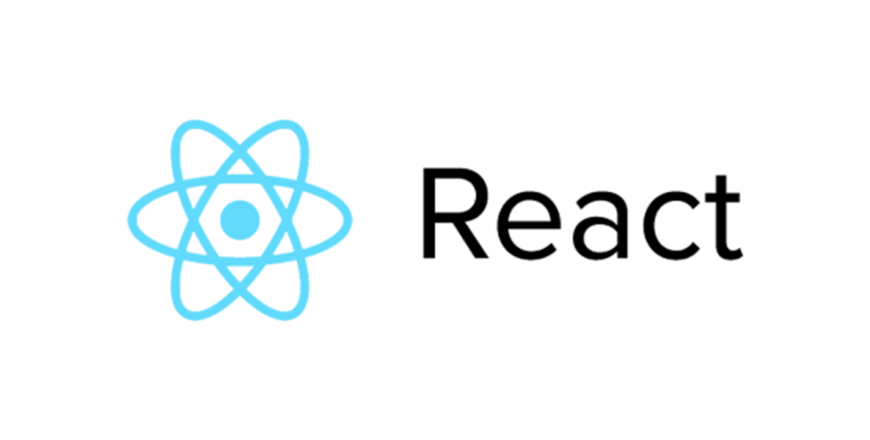React JS Free Material

What is React JS?
React JS confers an open-source and front-end JavaScript library which is used in the case of building user interfaces or alternatively known as UI components. Facebook along with a community of companies and individual developers maintain React JS. It can be effectively used as a base for the development of mobile applications as well as single pages. React JS is mostly concerned with the state management and it helps in rendering that state to the DOM. This is the reason why, creation of React applications mostly requires effective and efficient use of additional libraries for the purpose of routing.
One of the significant examples of such a library is React Router. Along with this, complicated and large applications help in making AJAX calls which eventually helps in fetching or mutating data. Different libraries like Axios, JQuery AJAX or browser built-in window-fetch can be used with React.
The different entities that make up the React code are known as components. These components are used to render a certain element in the DOM with the use of React DOM library. During the process of rendering of the component, the values can be passed which are defined as “props”.
Functional components as well as class-based components are the two basic ways of declaring components in React.
Why React JS?
There are many uses of React JS. Among the other open-source platforms used for making front-end web development app development, React JS works wonderfully.
Here are some of the benefits that React JS provides:
- Simplicity – React JS is easy to grasp. Its approach is component based and has a well-defined lifecycle. The use of plain JavaScript makes it easy to learn and understand. It is quite simple to build a professional web with React JS and even support it.
- Ease of learning – An individual with previous knowledge of basic programming can understand the React framework easily which is not the case in other frameworks.
- Binding of data – The framework uses one-way data binding and the application architecture known as the Flux. Flux helps in controlling the flow of data to the various components through the dispatcher.
- Performance – React framework does not offer the concept of built-in container for dependency.
- Testability – The applications are immensely easy to test and the operations can be carried out peacefully.
Important materials
E-books –
React+d3.js: Build data visualizations with React and d3.js by Swizec Teller – https://drive.google.com/file/d/1v7E1NJ2FAjbN9IWc4fkKjCyupEmKxsaX/view?usp=sharing
ReactJS: Become a professional in web app development by Abel Todd – https://drive.google.com/file/d/1rEVLH7i_C7v3lVfkvpxZAXM9U5yDh4FO/view?usp=sharing
React JS Notes for Professionals – https://drive.google.com/file/d/1Kz5Po4QnsSoI7tTopM98A_Q8yIIuvuTf/view?usp=sharing
Using D3.js with React – https://static1.squarespace.com/static/5726c0f6e321405ebae84138/t/5ac67eb3562fa7784fb6887f/1522958014484/Using-D3-with-React.pdf
ReactJS: Web App Development: Learn one of the most popular Javascript libraries by Green & Daniel – https://drive.google.com/file/d/1rcdr3gTzmX_bPQ8xSfpSJYsWPZ_SCa-K/view?usp=sharing
Videos –
React JS – React Tutorial for Beginners – https://youtu.be/Ke90Tje7VS0
React JS Crash Course 2021 – https://youtu.be/w7ejDZ8SWv8
What Is React (React js) & Why Is It So Popular? – https://youtu.be/N3AkSS5hXMA
Learn React JS – Full Course for Beginners – Tutorial 2019 – https://youtu.be/DLX62G4lc44
Full React Course 2020 – Learn Fundamentals, Hooks, Context API, React Router, Custom Hooks – https://youtu.be/4UZrsTqkcW4
Important Tips
At the point when we talk about the great designers, they realize that little modules, classes, or anything are a lot clearer and look after it, similar to what we can do with React parts. The size of your segment relies on a wide range of variables, however according to me, your segments ought to be more modest than you might suspect. We can accomplish better execution and a simple method to test React parts by utilizing practical segments since it gives straightforward and more limited code. Use Hooks with the arrival of v16.8.0. Hooks give us the ability to utilize react highlights without composing a class, for example hooks won’t work inside classes. Also, it gives a more straightforward API to the react ideas we definitely know, similar to props, state, setting, refs, and lifecycle. We can utilize the React state included in the useful segment with useState. It returns two qualities: the present status and a capacity to refresh it. We can likewise set the default (introductory) state esteem. PropTypes give us more sort checking/security of our parts. It trades a scope of validators that can be utilized to check if the information they got is legitimate. When being developed (not creation), if any segment isn’t given a necessary prop, or is given some unacceptable kind for one of its props, at that point React will log a mistake to tell you.
